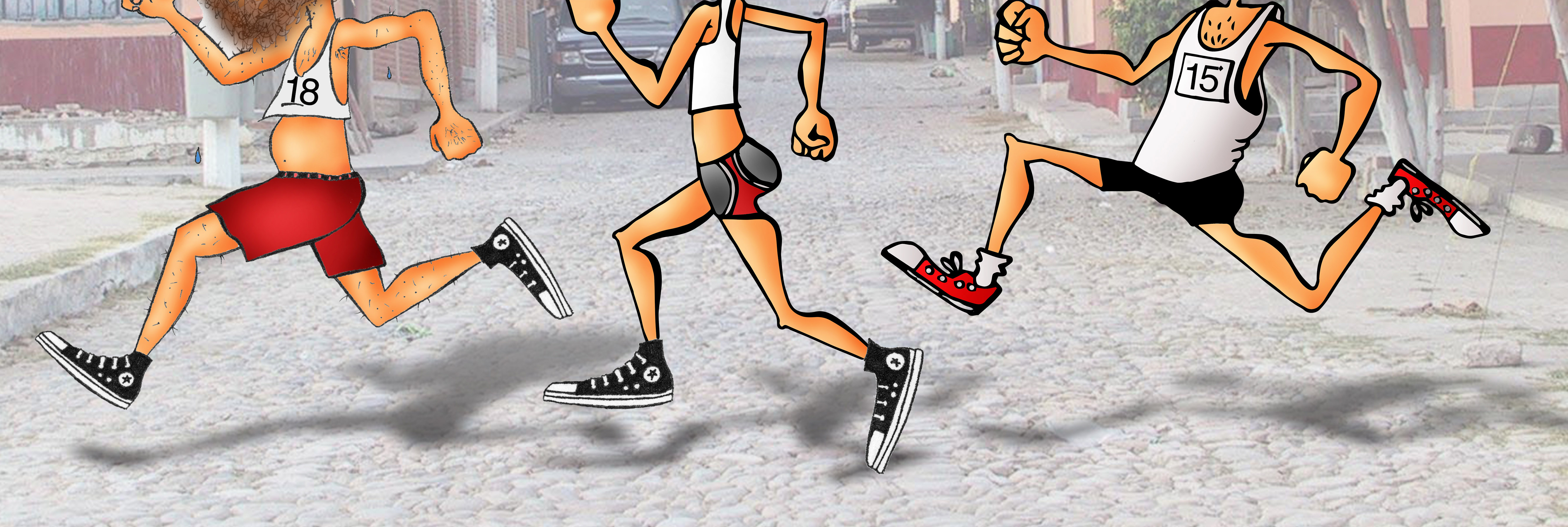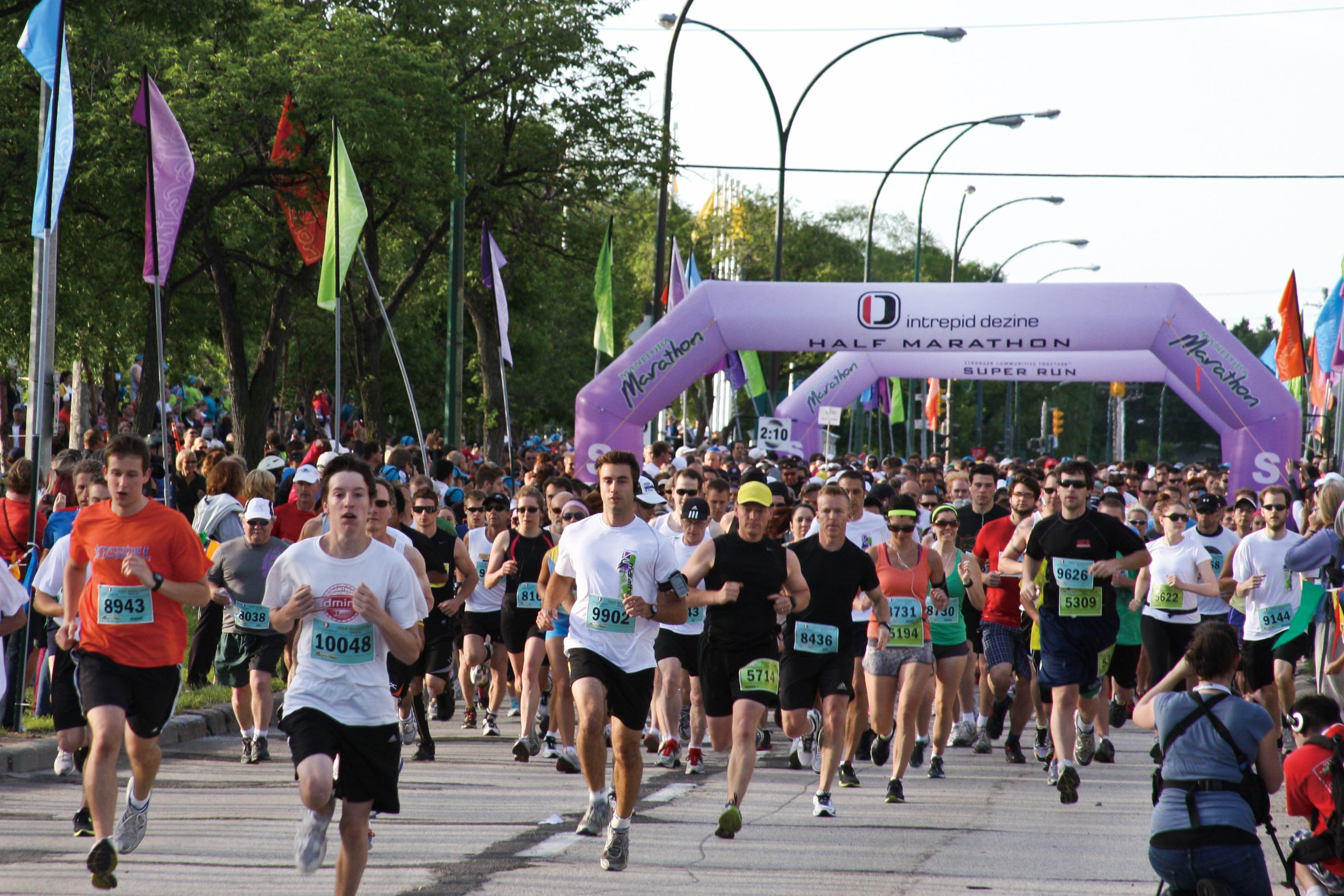Before committing yourself to a running event, it’s important to create a plan. The step is to set an achievable goal. Whether it is finishing at a specific time or simply just finishing, it is crucial to have a goal to motivate you.
It is also important to adjust your goals when necessary. When I ran my first marathon this past June, I had a goal of finishing in three hours and 35 minutes. Around halfway through my training, I sustained a knee injury and had to take a few weeks off. Once I was rested and back into training I realized that my original goal would not be achievable.
I decided I would aim for less than four hours instead. I was able to achieve this, running in 3:52:00. Applying a realistic goal helps maintain a positive attitude as you progress and improve, and is vital to maintaining your focus during training.
Once you set a goal for yourself, the next step is to design a training program. You can approach this in a variety of different ways: consulting a coach, going to a running specialty store, or searching for one online.
When I first started running half marathons two years ago, I did not know how often I needed to run, or even what types of workouts were best. I trained for my first two races on my own. This was not the smartest idea as I struggled to get through the second half of both.
It wasn’t until after I began working at the Running Room that I learned the importance of a proper training program, as well as receiving knowledgeable coaching. My third half marathon, and first with a full training regime, yielded huge results. I cut down my personal best time by nearly 19 minutes. From that point on, I was incredibly motivated to improve and train harder with each race.
My typical training schedule for a half marathon is 16 weeks long. It includes speed work, slower long distance runs (9.5-21 km), quicker tempo runs (6.5-8 km), and hill training to improve the core. Marathon training involves the same training runs—the difference being the longer training distances—all the way up to 35 km.
Training will vary depending on the individual. I usually like to train with a group that has similar goals and fitness levels, as I find it motivates me to stay committed. I have also met some of my closest friends through running. They were the ones who convinced me to run a marathon, and have kept me going afterwards.
Regardless as to how you choose to train, setting up a consistent schedule is what will get you through the weeks, and prepare you for whichever race you choose to do.
Most of my motivation comes from the event that I am training for. Once you’re committed to your traning regimen, I would recommend trying to run at least one destination race per year. Whether that be out of province or out of country, it is exciting to experience the atmosphere of different race locations while enjoying a fun weekend trip. I ran my second marathon in Minnesota on Oct. 6 after completing the Manitoba Marathon in June. It gave me an entirely new perspective on how different races are organized.
There were over 5,000 runners on the full marathon course in Minneapolis and St. Paul, significantly more than the Manitoba Marathon. The fan support was absolutely amazing throughout the race, especially during the toughest parts of the course. There were far more hills than in the Manitoba Marathon, which was challenging. The experience has allowed me to appreciate the excitement of going to a larger race, as well as the calmer nature of smaller, local races.
Sticking to your goals and training truly makes a difference, regardless of whether you are a seasoned veteran or just starting out. When I look back a few years, I am amazed at the progress I have made. I have run 10 half marathons and two full marathons over the last two years. I credit my accomplishments to my strong training plan and realistic, motivational goals.




